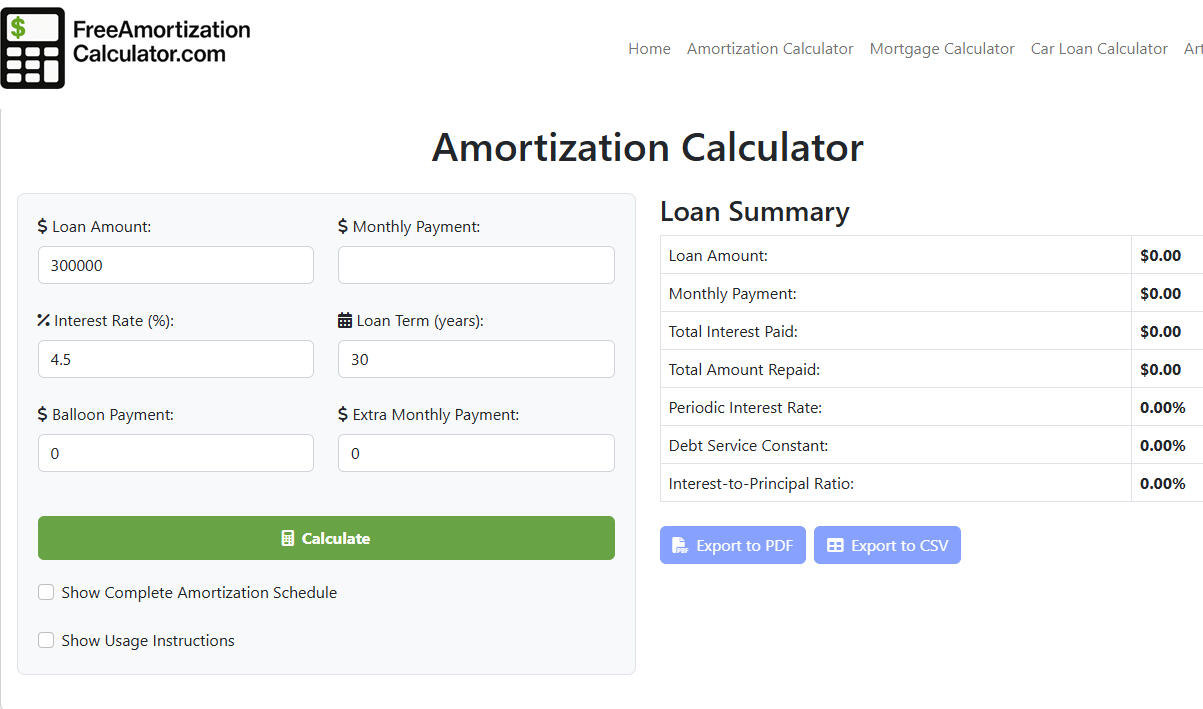Improve Load Speed with Asynchronous Loading of Images, Videos, and Scripts
Introduction
Site speed is a ranking factor and a key user experience metric. Asynchronous loading is one of the most effective ways to boost your website’s performance, especially when dealing with large media elements like videos and images that don’t need to load immediately.
What Is Asynchronous Loading?
Asynchronous loading means deferring the loading of content until it’s actually needed — like when the user scrolls near it (also known as "lazy loading"). This reduces the initial number of resources the browser has to fetch, leading to:
- Faster First Contentful Paint (FCP)
- Lower Largest Contentful Paint (LCP)
- Better Google PageSpeed Insights scores
What Content Should Be Asynchronously Loaded?
Images Below the Fold
Use the loading="lazy" attribute or a JavaScript-based lazy loading library.
<img src="photo.jpg" alt="example" loading="lazy">
Embedded Videos (e.g., YouTube, Vimeo)
Load a thumbnail or placeholder first, and only embed the video when the user interacts or scrolls into view.
<iframe
src="https://www.youtube.com/embed/VIDEO_ID"
loading="lazy"
allow="accelerometer; autoplay; clipboard-write; encrypted-media; gyroscope; picture-in-picture"
allowfullscreen>
</iframe>
Third-Party Scripts
Load analytics, ad services, and chat widgets asynchronously:
<script async src="https://example.com/script.js"></script>
Fonts & CSS
Preload critical fonts and defer non-essential stylesheets.
How It Affects Google PageSpeed Insights
Google rewards pages that load quickly, especially on mobile. When implemented correctly, asynchronous loading can drastically improve:
- Time to Interactive (TTI)
- Total Blocking Time (TBT)
- Cumulative Layout Shift (CLS)
Tools to Help You Implement Asynchronous Loading
- Lazysizes (JS library)
- Google PageSpeed Insights
- Web.dev Tools
Final Thoughts
Asynchronous loading is a must-have performance optimization for modern websites. By deferring non-critical resources like images and videos until they're needed, you can speed up initial rendering, improve SEO, and create a better experience for your users.








